
Absinthe is a strong herbal liquor distilled with wormwood (Artemisia absinthium) and anise. This is a highly alcoholic beverage with 45%–89.9% of alcohol by volume. Absinthe can also contain other aromatic herbs such as star anise, anise seed, fennel, licorice, hyssop, veronica, lemon balm, angelica root, dittany, coriander, juniper and nutmeg. Absinthe was first made in Switzerland and used as an herbal remedy. It became popular in the late 19th and early 20th century in France, especially among the artists and intellectual elite. This beverage has characteristic green color, and it is often referred to as ”la fée verte” - the Green Fairy. This bohemian beverage was, among many others, consumed by Charles Baudelaire, Paul Verlaine, Arthur Rimbaud, Henri de Toulouse-Lautrec, Amedeo Modigliani, Vincent van Gogh, Oscar Wilde, Aleister Crowley and Alfred Jarry.
Absinthe – the controversy
Absinthe has considered being a dangerously addictive psychoactive drug. This beverage was banned in the United States and in most European countries. Even the countries from which Absinthe originated and gained its historical popularity banned this drink in the early 20th century. Absinthe was banned in France, The Netherlands, Belgium, Switzerland and the Austro-Hungarian Empire. The reason behind the prohibition was Absinth’s thujone content. Thujone mistakenly reported as a chemical component similar to THC, which is the active ingredient in marijuana. Thujone is found in a number of herb ingredients in absinthe: mugwort, sage and wormwood. During the years of prohibition, absinthe was associated with violent crimes, social disorder, epilepsy and tuberculosis. The manufacture and sale of absinthe were reauthorized in 1990s, by the countries in the European Union. Today, it is legal in the United States, if it complies with certain regulatory requirements.
The effects of Absinthe
Thujone, the active chemical in absinthe, can produce muscle spasms in large doses, but there is not enough evidence that it causes hallucinations. Hallucinogenic effects of Absinthe are probably due to poisonous chemicals being added to cheaper sorts of Absinthe in the 19th century, to give it a more vibrant color. Today, commercially produced Absinthe contains safe levels of thujone. The effects of absinthe are due to the double action intoxication. The drunken and mysterious feeling arouses from the effects of strong alcohol, and a secondary effect described as a "clear-headed" feeling of inebriation. Most consumers describe this effect as "clarity" or a "heightened state of mind". Certain experts believe this is due to the various effects of different herbs contained in Absinthe. Some of them have a heightening effect while others have a lowering effect.



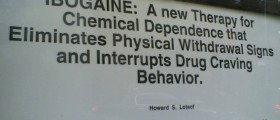



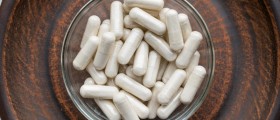
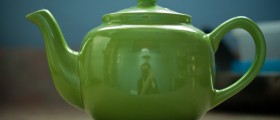




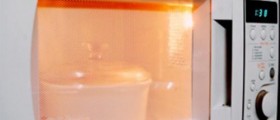
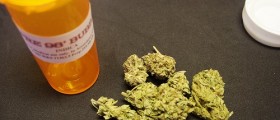

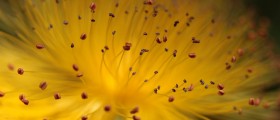
Your thoughts on this
Loading...